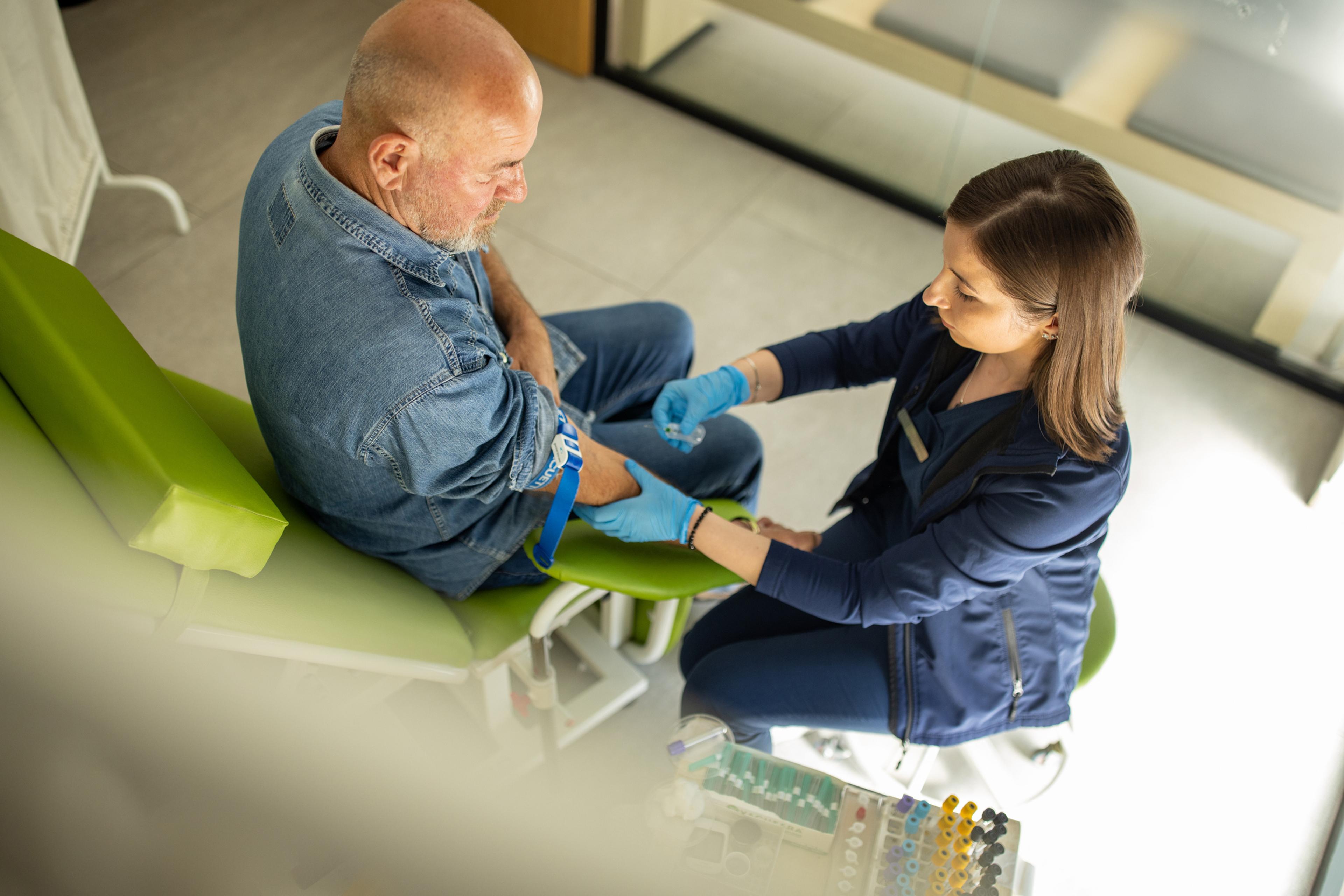How Black Maternal Health Disparities Coincide with C-section Birth Complications

Dr. Patricia Ferguson, M.D.
| 4 min read
Dr. Patricia Ferguson, M.D., is a former medical dir...

In the United States, Black women are three times more likely to die from pregnancy-related causes than white women. They are also more likely to experience severe acute maternal morbidity (SAMM), also known as “near misses.”
During first-time live births, Black women are 21% more likely to undergo cesarean (C-section) deliveries than other women despite being low risk and with limited medical or obstetric explanation, according to recent studies. Researchers believe this difference accounts for a modest amount of excess maternal morbidity among women of color.
What drives disparities in maternal and infant health?
Health disparities are often driven by social and economic inequities, which are linked to ongoing racism and discrimination. In maternal and infant health, race, gender, poverty, and other social factors can shape the experiences and outcomes of Black women within the health care system.
Physicians – like all people – have implicit biases, which are defined as negative, unconscious attitudes against specific social groups. Though health care providers abide by the oath to “do no harm” while practicing medicine, unintended biases can still manifest during interactions with patients. Barriers to care for pregnant Black women and other women of color often revolve around implicit racial bias and related factors like:
- Insurance coverage, or lack thereof
- Limited access to providers, hospitals, and other medical facilities
- Lack of access to care that is culturally and linguistically appropriate
- Provider discrimination during pregnancy and delivery
Social and economic factors, racism, and chronic stress all contribute to poor maternal and infant health outcomes. This leads to higher rates of preterm birth and perinatal depression among Black women, as well as higher Black infant mortality rates.
How are C-section delivery disparities tied to race?
C-sections are surgeries that occur when a baby is delivered through surgical incisions made in the abdomen and uterus. They are sometimes necessary when women or their babies experience complications during pregnancy. While C-sections are considered relatively safe procedures, they are associated with these risks:
- Infection of the bladder or uterus
- Injury to the bowel, bladder, blood vessels, urinary tract and even potential injury to the baby
- Higher average blood loss (hemorrhage), which could lead to anemia in some cases
Between 2020 and 2022, nearly 37% of Black infants in the U.S. were born by C-section compared to 31% of white infants. Even when on a seemingly level socioeconomic playing field, Black women are still much more likely to require a C-section than white women. Studies have found disparities do still exist despite the following factors:
- Annual household income
- Births among white and non-white families in the same hospitals
- Education levels
- Equal maternal health care access
- Insurance coverage
Black and Hispanic women experience more comorbidities than white women, which can contribute to the disparity. Notably, Black women are at least 8% more likely to suffer from hypertension, severe obesity and diabetes than their white counterparts.
Advocating for the best maternal health care possible and other ways to reduce disparities
Health care providers and pregnant families can all take part to reduce Black maternal mortality, which could ultimately reduce C-section disparities.
For pregnant women:
- Advocate for change at federal, state and local levels to improve maternal health outcomes
- Connect with health care and social support systems before, during, and after pregnancy
- Keep an open line of communication with health care providers, especially if something doesn’t feel right
- Learn about urgent maternal warning signs and seek immediate care if a sign is experienced, as they could lead to life-threatening complications
- Share pregnancy history during each medical care visit for up to a year after a child is born
For health care providers:
- Attend cultural humility and unconscious bias training for physicians, especially those working within the maternal care continuum
- Get a better understanding of patients and factors that may affect their lives
- Help patients manage chronic conditions or conditions that may arise during pregnancy
- Help patients understand urgent maternal warning signs and when to seek medical attention
- If available through a provider’s health care system, take part in reviews of the causes and opportunities for prevention behind pregnancy-related death
- Work within health care system/hospital to identify and address social factors that may influence maternal health
- Work within health care system/hospital to improve delivery of quality prenatal and postpartum care
Dr. Patricia Ferguson is medical director at Senior Health Services, Emergent Holdings. Emergent Holdings is a separate entity contracted by Blue Cross Blue Shield of Michigan to perform administrative services for Blue Cross’ Medicare Advantage program.
Continue reading:
Photo credit: Getty Images





